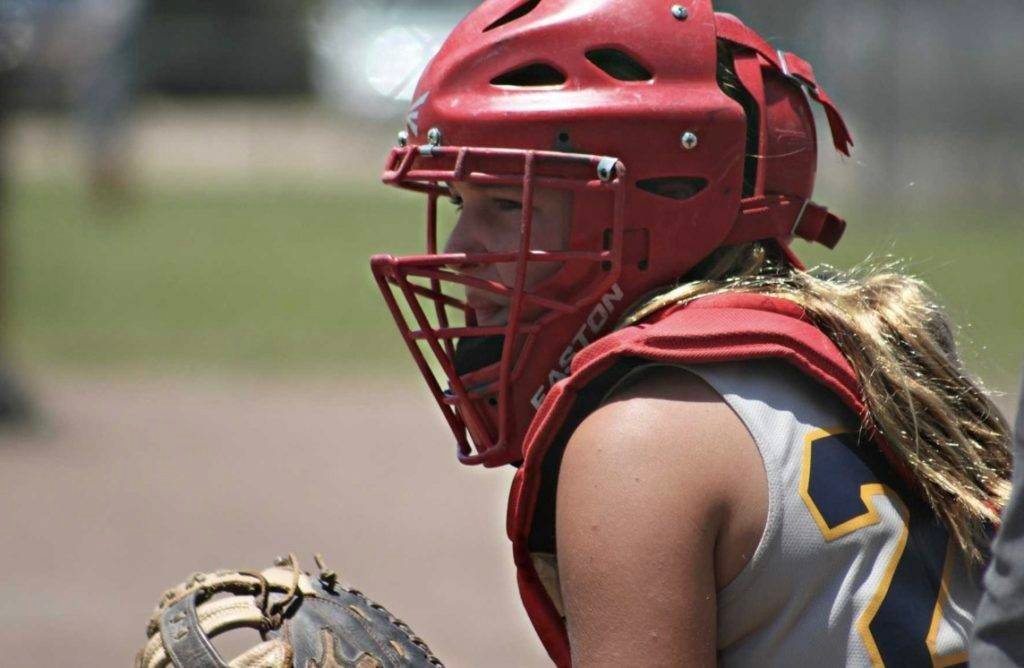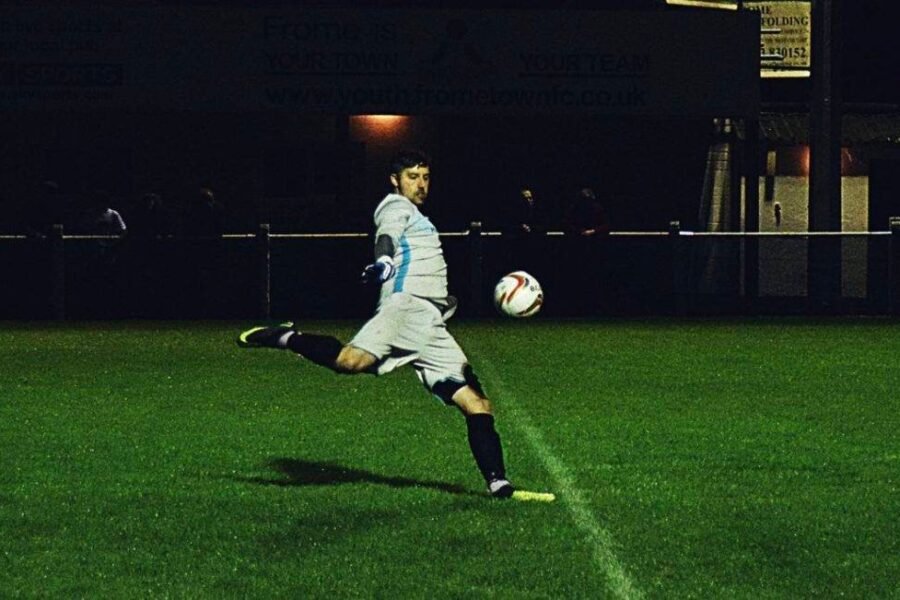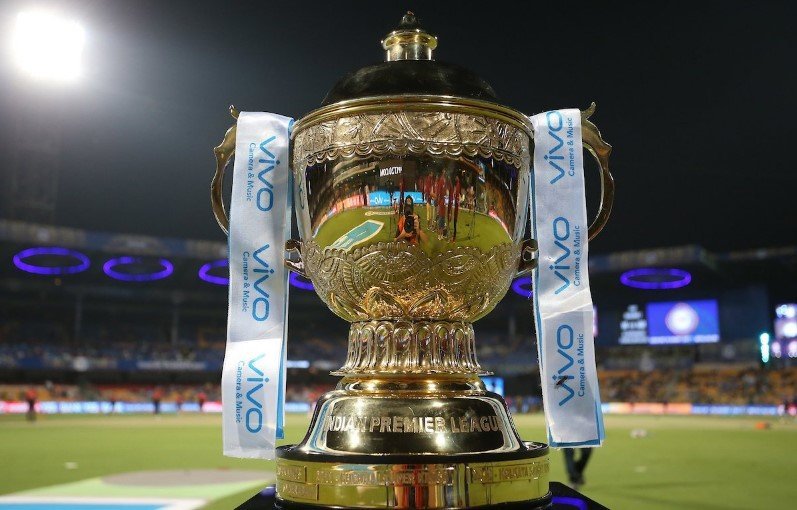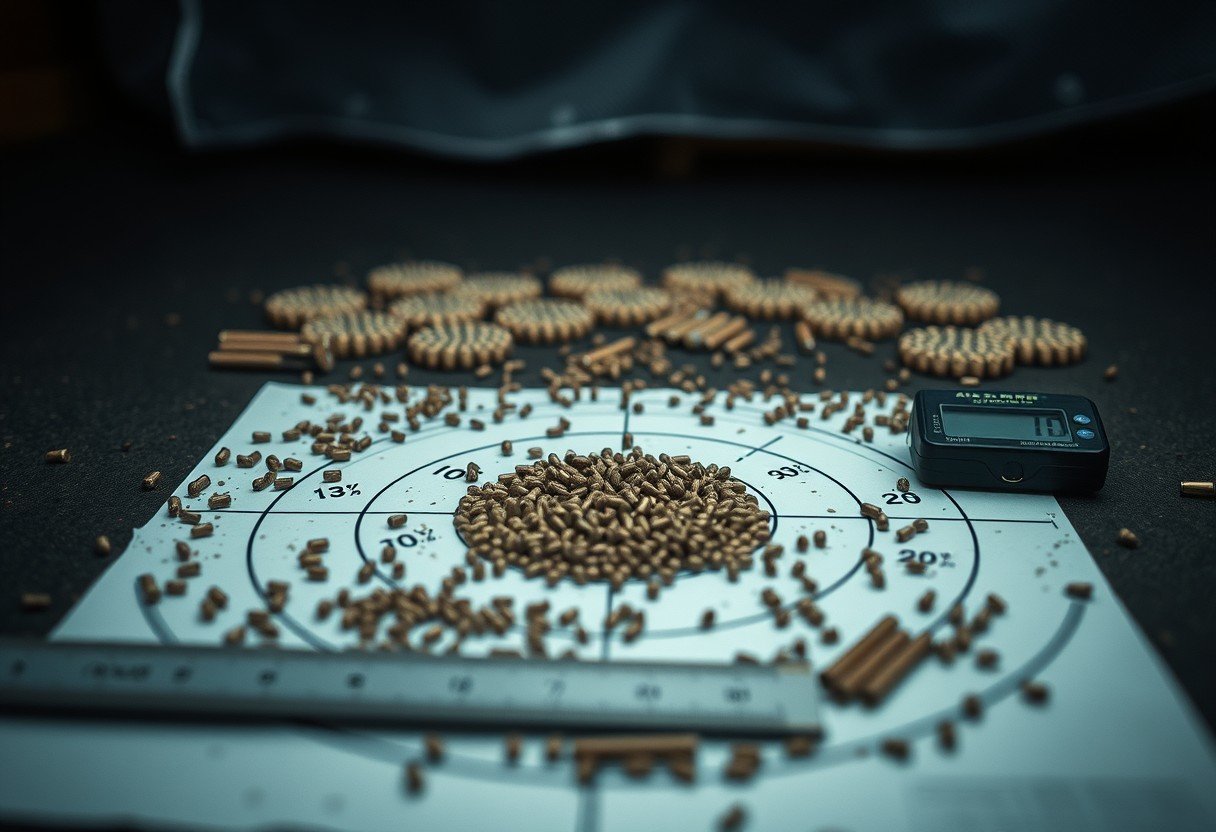Being a catcher is one of the toughest jobs on the baseball field, requiring focus, durability, and the right equipment. A quality catcher’s mitt is not just a glove; it’s essential protective gear designed to handle high-speed pitches and improve your game. For experienced youth players, selecting the perfect mitt involves looking at size, material, and comfort. This guide will walk you through everything you need to know to find a mitt that feels like an extension of your hand.
Why a Catcher’s Mitt is a Must-Have for Young Players
You might wonder why a standard baseball glove won’t work behind the plate. The answer lies in the unique design of a catcher’s mitt. Unlike fielder’s gloves, catcher’s mitts are built for protection and durability.
The most important feature is the extra padding in the palm and fingers. This padding is designed to absorb the impact of hundreds of pitches per game, reducing sting and preventing hand injuries. A regular glove simply doesn’t offer this level of protection.
Catcher’s mitts also have a more rigid structure. They lack the separated fingers and flexible weaving of a fielder’s glove. This sturdiness helps the mitt hold its shape over time and provides a larger, more reliable target for the pitcher. This design is also better for scooping balls out of the dirt and snagging foul tips.
Key Factors to Consider Before Buying a Youth Catcher’s Mitt
Choosing the right mitt can feel overwhelming, but focusing on a few key areas will simplify the process. For a young player, getting these details right is crucial for their performance and enjoyment of the position. The three most important factors are sizing, material, and overall comfort.
Sizing: Finding the Perfect Fit
Getting the size right is the most critical step. A mitt that is too big will be clumsy and hard to control, leading to passed balls. A mitt that’s too small will be uncomfortable and will be outgrown quickly.
Most youth catcher’s mitts are measured by their circumference, typically ranging from 31 to 33 inches. The best way to find the right size is to try on different models. However, if you are buying online, many manufacturers provide detailed sizing charts based on age and hand measurements. Always check these charts before making a purchase.
Material Matters: Leather Types and Durability
The material of the mitt determines its durability, weight, and the time it takes to break in. Different types of leather offer various benefits.
- Full-Grain Leather: This is a premium, heavy-duty leather that is very durable but requires a significant break-in period. It’s a great choice for a serious player who wants a mitt to last.
- Steerhide Leather: A bit softer and heavier than full-grain, steerhide is also very durable and a popular choice for high-quality mitts.
- Cowhide Leather: This leather is softer and breaks in much faster, making it a good option for players who need a game-ready mitt quickly. It may not last as long as premium leathers.
The material directly impacts the break-in time. While a pre-oiled or softer leather mitt is easier to use right away, a high-quality full-grain leather mitt will mold perfectly to your hand over time and last for several seasons.
Top Brands and Models for Experienced Youth Catchers
When it comes to quality and reliability, two brands consistently stand out in the world of catcher’s mitts: Rawlings and Wilson. These companies have a long history of producing excellent gear for players at all levels. Investing in a mitt from one of these brands is a smart choice.
Rawlings offers several series perfect for youth players. The Liberty and Encore lines are known for their quality construction and designs tailored for smaller hands. Wilson also has fantastic options. The Wilson A1000 is a very popular model because it’s comfortable and easy to break in, while the A700 is another solid alternative.
| Brand & Model | Key Feature | Best For |
|---|---|---|
| Rawlings Encore | Patented web design and extended base | Easier catching and control |
| Rawlings Liberty | Full-grain leather and adjustable wrist strap | Durability and a custom fit |
| Wilson A1000 | Full-grain leather with a quick break-in | Players wanting a game-ready feel |
| Wilson A700 | Soft, full-grain leather | Comfort and a fast break-in |
How to Properly Break in a New Catcher’s Mitt
A new, stiff leather mitt needs to be broken in to form a good pocket and feel comfortable. Rushing this process can damage the leather, so patience is key. Avoid unproven methods like putting it in the microwave or oven.
Here are a few simple steps to safely break in your new mitt:
- Start with a Mallet: Use a wooden glove mallet or a baseball to repeatedly hit the pocket of the mitt. This begins to soften the leather in the area where you’ll be catching the ball.
- Play Catch: The best way to break in a mitt is to use it. Start by playing catch with a friend, focusing on having the ball land in the pocket every time.
- Apply Glove Conditioner: Use a small amount of a quality glove oil or conditioner to soften the leather. Do not oversaturate it, as too much oil can make the mitt heavy and damage the leather over time.
- Wrap It Up: When you’re not using it, place a baseball in the pocket and wrap the mitt with a rubber band or string. This helps maintain the pocket’s shape.
Frequently Asked Questions about Youth Catcher’s Mitts
What size catcher’s mitt does a 12-year-old need?
A 12-year-old player typically fits well in a 31.5-inch or 32-inch catcher’s mitt. However, hand size can vary, so it’s always best to measure their hand or try on a few sizes to ensure a snug but comfortable fit.
How is a catcher’s mitt different from a first baseman’s mitt?
A catcher’s mitt has much more padding, especially in the palm, and is more rounded with a deeper pocket to receive pitches. A first baseman’s mitt is longer and more flexible with a shallower pocket designed for scooping ground balls.
How long does it take to break in a new leather mitt?
The break-in time depends on the quality of the leather and how often you use it. Softer leathers might be game-ready in a few weeks, while premium steerhide or full-grain leather mitts can take a month or more of consistent effort to break in properly.
Can you use a baseball glove for catching?
It is strongly recommended not to use a regular baseball glove for catching. Fielder’s gloves lack the necessary padding to protect a catcher’s hand from the repeated impact of fast pitches, which can lead to serious hand injuries.









Leave a Comment